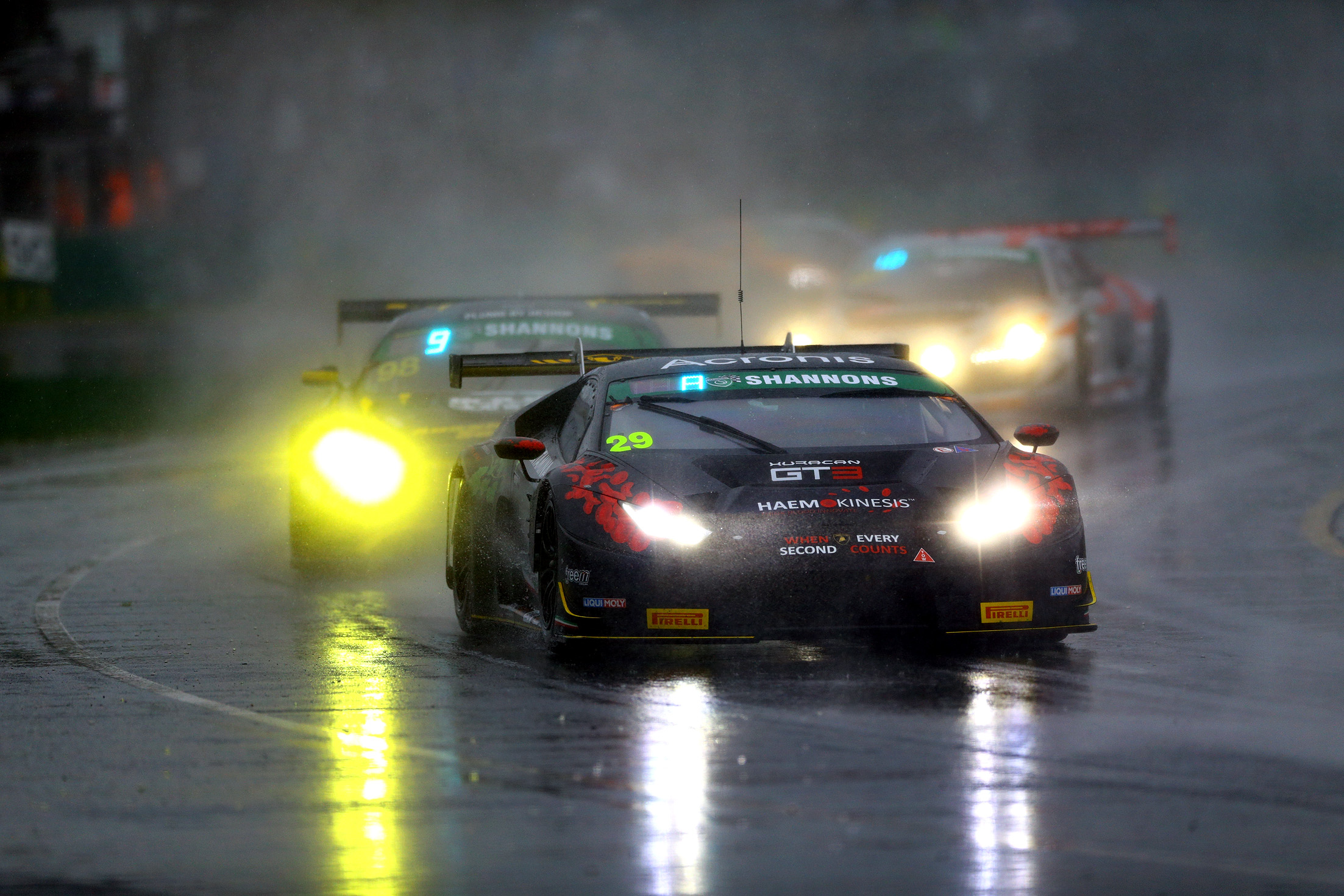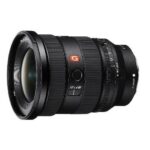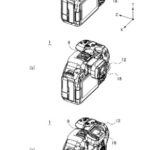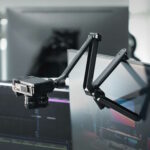There is a lot of hype at the moment about the new Samsung S23 phones … er cameras … er … phones. Whatever they are.
Big numbers are thrown around such as “200 megapixels” and “1/1.3” sensor”. And fancy terms such as “pixel binning”.
All of these of course are designed to somewhat confuse the layperson. It reminds me of the early days of digital video and photography when all the manufacturers were spruiking bigger numbers than their competitors in a case of “who can p*ss the highest” type competition. What they didn’t say then was that a 1000x digital zoom, whilst sounding impressive, in fact gave the crappiest picture imaginable!
The same is somewhat applying here.
For example, the 200-megapixel number is created by a technology called pixel binning. What this effectively is, and I am being simplistic here, is taking a bunch of separate images and combining them. If you want the technical explanation, you can find it here.
This allows a small pixel to work as a larger one does, and the larger the pixel, the better it can gather light to make the final image. Larger pixels also give better low light imaging.
So, as you can see, 200 megapixels does not necessarily mean the same between different devices.
Another misnomer is a quirk of mathematics and the way it is written. The biggest factor in a camera is the sensor size. The bigger the sensor, the more light it can gather and thus again, better imaging.
Light is everything.
The Samsung S23 is said to have a 1/1.3” sensor. Now, at first look this might seem to read (strangely admittedly) “one and one third inches” making it bigger than a 1” sensor in many “standard cameras” such as those from Fujifilm, Canon, Panasonic, Sony etc.
But sadly, this is not true. It actually says, “one DIVIDED by one third” and apparently is a throwback to measurements of yore when vacuum tubes roamed the earth and TV was in its infancy.
So, no. The sensors in even the most advanced phones still cannot match what even entry level mirrorless cameras such as a Fujifilm X-S10 offer.
Finally, we have that other odd nomenclature of aperture e.g. f/1.7. For those that do not understand this stuff, the aperture of a camera / videocamera (sometimes in video cameras called the iris) is the opening that lets light through the lens and onto the sensor.
Yes, we are back to light again. Repeat after me, light is everything.
But as well as light, in conjunction with the lens, the aperture also controls “depth of field”. This is a fancy term for “what parts of the image are in focus”.
 This photo from my good mate Ross Gibb from Ross Gibb Photography eminently demonstrates an example of depth of field in play. The vehicle in the front is pin sharp and the rest of the field is blurred. It also shows how light is affected with aperture assisingt here to let more light in.
This photo from my good mate Ross Gibb from Ross Gibb Photography eminently demonstrates an example of depth of field in play. The vehicle in the front is pin sharp and the rest of the field is blurred. It also shows how light is affected with aperture assisingt here to let more light in.
When you can adjust the depth of field by opening or closing the aperture, you have more control over how the photo will look. (And just to confuse matters, a large aperture of say f/22 means the smallest size “hole” and the lowest, say f/2.8 is the largest size “hole”).
From what I can glean, the S23 has an f/1.7 aperture, 10MP Telephoto lens with a f/2.4 aperture with 3x zoom capabilities, a 10MP Telephoto lens with a f/4.9 aperture with 10x zoom and a 12MP Ultra-Wide lens with a f/2.2 aperture.
In other words, each lens has a fixed aperture thus minimising the control you have over imaging as compared to a dedicated camera which has a range usually from around f/2.8 right through to f/22.
The Long and Short of It
If you are looking at buying a camera … phone … whatever … such as the S23 for its photographic properties as you want to take Really Good Photos, then you are blowing a lot of money for inferior capability in comparison to a dedicated camera for approximately the same amount.
For around $1300 you can get the aforementioned Fujifilm X-S10 with a 15mm – 45mm lens for example.
With a camera like this, you get far more flexibility in the longer run – if the photographic / video aspect is your thing – with access to different lenses and accessories such as astronomical trackers (the MSM) and the Pluto Trigger.
If you need a new phone, then I am sure you can get a ripper for $500 or so that takes and receives calls, texts and has all the Android or Apple fruity stuff in it.
My advice? Before lashing out on a new phone plan for the latest phone, whether it be the new ones from Samsung, Apple, Google or whoever, think about what the main use will be. Do you NEED to have a large component of the $’s invested in technology you’ll never use? Or perhaps even understand. Or want to understand. There is no point in having this if you just stick it on “A” for “Auto” and leave it there forever. For that sort of photo ambition, a $500 – if not less – phone will do the job, trust me.
In other words, have a think first. The fact you are reading this article (and website for that matter) means you have an interest in imaging of some sort, so get what you need to suit that interest.
And do some research!
















Hi David,
I enjoyed this post.
People need to understand that a camera phone is basically a low end range for photography regardless of the phone.
OK you can do certain post imaging with it but it is not a DSLR or even a point and shoot camera.
Now I have tried both my Sony RX1 R and the Samsung s23 ultra.
I can do basic photography with both but in low light the Sony is much better.
Also there are a few online FB ads about how to take better photos with the Samsung s23 Ultra but seriously if you like photography buy a camera.
Thanks Gav. Spot on.
And now I see ads flogging “ergonomic grips” for smartphones saying it will turn the phone into a “professional dSLR like” camera. People are still getting suckered it seems!